Although the urban infrastructure in Hanoi has developed very strongly, in reality, the exploitation and development of underground urban space is still quite limited. In the capital, there are only urban areas such as Royal City, Time City and some high-rise apartment buildings that have developed and exploited underground space as commercial centers and parking lots. Along with that, Hanoi is constructing the Nhon - Hanoi Railway Station metro line with an underground section of about 4km from Kim Ma to Hanoi Railway Station. Notably, recently on October 9, Hanoi started construction of Metro Line No. 2, the Nam Thang Long - Tran Hung Dao section with a length of 10.84km, of which only 1.94km is elevated, the rest is underground, with 10 stations connecting to Hoan Kiem Lake.

According to Mr. Nguyen Cao Minh, Head of Hanoi Metro Project Management Board, Metro Line 2, Nam Thang Long - Tran Hung Dao section is expected to be completed in 2030. When operational, the project will not only contribute to reducing traffic congestion, improving the environment, and enhancing the quality of life, but also have symbolic significance, creating a new look for the civilized, dynamic and sustainable capital. According to many experts, developing urban underground space plays a very important role in reducing infrastructure pressure and overload in the central urban area.
Hanoi is the first city in the country to approve the "Master plan for underground construction space in the center of Hanoi until 2030, with a vision to 2050". However, Hanoi has not yet fully exploited the potential and advantages to develop underground space to reduce the burden on ground infrastructure due to many factors, such as: lack of data conditions for planning work; institutions, policies and laws on underground space exploitation and development are not yet synchronized.
To solve the above bottlenecks, the 2024 Capital Law has provisions on the management, exploitation and use of urban underground space, especially underground space in the central urban area, the historic inner city area of Hanoi to serve the development of static traffic, public supplementary commercial services, and the preservation of cultural space and landscape in this area. Based on the provisions of the 2024 Capital Law, at the recent 25th session, the Hanoi People's Council passed a Resolution promulgating a list of underground works encouraged for investment and construction in Hanoi.
According to this Resolution, Hanoi will prioritize attracting investment in underground works serving urban railway development, such as: underground urban railway lines, underground stations and other related underground works (underground public works, underground parking lots, basement entrances of commercial and service buildings, hotels, restaurants, etc.). This list includes investment projects to build an underground urban railway system with 8 lines with a total length of more than 320km, 191 stations, of which 81.2km are underground and 68 underground stations.
Along with that, the projects solve urgent problems of the capital, such as: encouraging investment in road underpasses, underground roads, underground parking lots; underground technical infrastructure works to supply energy, serve public lighting... This list includes 85 projects, including 5 road underpasses, 78 underground parking lots and 2 underground public works.
According to Vice Chairman of Hanoi People's Committee Duong Duc Tuan, the issuance of the priority list for underground construction development is a new step forward for Hanoi in exploiting, developing and using underground space, promoted by specific incentive mechanisms and policies, as well as synchronous legal regulations. Moreover, this is also a step to concretize the Capital Law 2024 and the Politburo 's directions on Hanoi's development until 2030, with a vision to 2045.
Source: https://www.sggp.org.vn/giam-ap-luc-ha-tang-do-thi-post821391.html


![[Photo] Ca Mau "struggling" to cope with the highest tide of the year, forecast to exceed alert level 3](https://vphoto.vietnam.vn/thumb/1200x675/vietnam/resource/IMAGE/2025/11/04/1762235371445_ndo_br_trieu-cuong-2-6486-jpg.webp)
![[Photo] Government holds a special meeting on 8 decrees related to the International Financial Center in Vietnam](https://vphoto.vietnam.vn/thumb/1200x675/vietnam/resource/IMAGE/2025/11/04/1762229370189_dsc-9764-jpg.webp)
![[Photo] Comrade Nguyen Duy Ngoc holds the position of Secretary of the Hanoi Party Committee](https://vphoto.vietnam.vn/thumb/1200x675/vietnam/resource/IMAGE/2025/11/04/1762234472658_a1-bnd-5518-8538-jpg.webp)


![[Photo] Ho Chi Minh City Youth Take Action for a Cleaner Environment](https://vphoto.vietnam.vn/thumb/1200x675/vietnam/resource/IMAGE/2025/11/04/1762233574890_550816358-1108586934787014-6430522970717297480-n-1-jpg.webp)

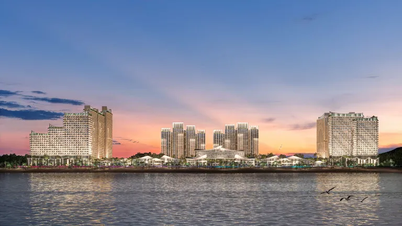




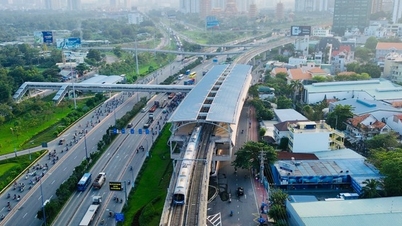







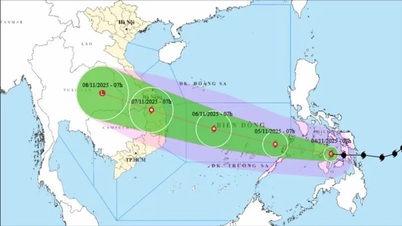







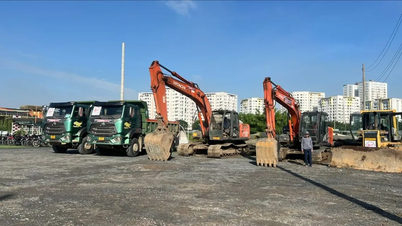
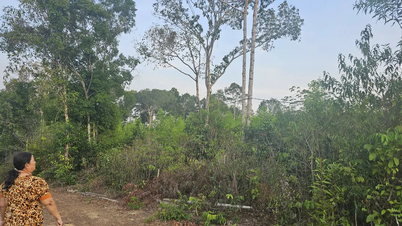
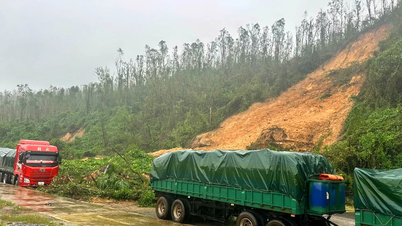


![[Photo] The road connecting Dong Nai with Ho Chi Minh City is still unfinished after 5 years of construction.](https://vphoto.vietnam.vn/thumb/1200x675/vietnam/resource/IMAGE/2025/11/04/1762241675985_ndo_br_dji-20251104104418-0635-d-resize-1295-jpg.webp)



























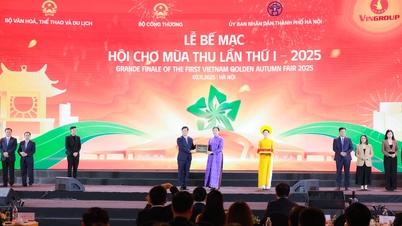
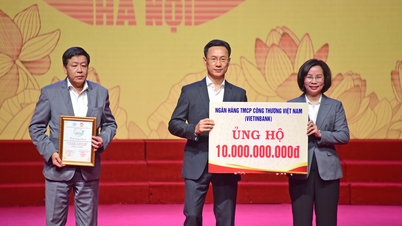










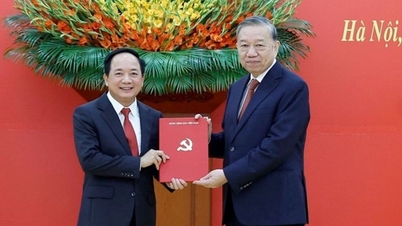


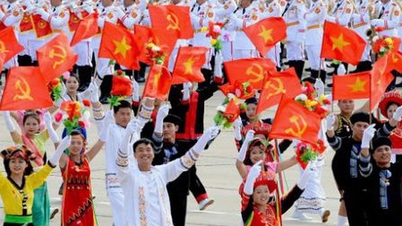

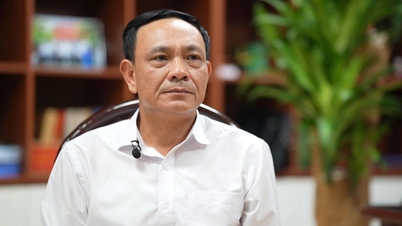



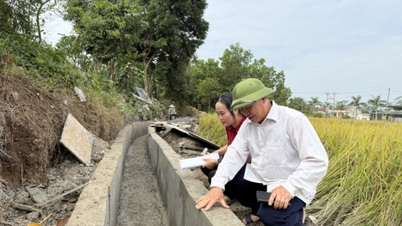







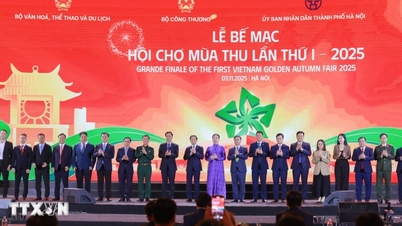












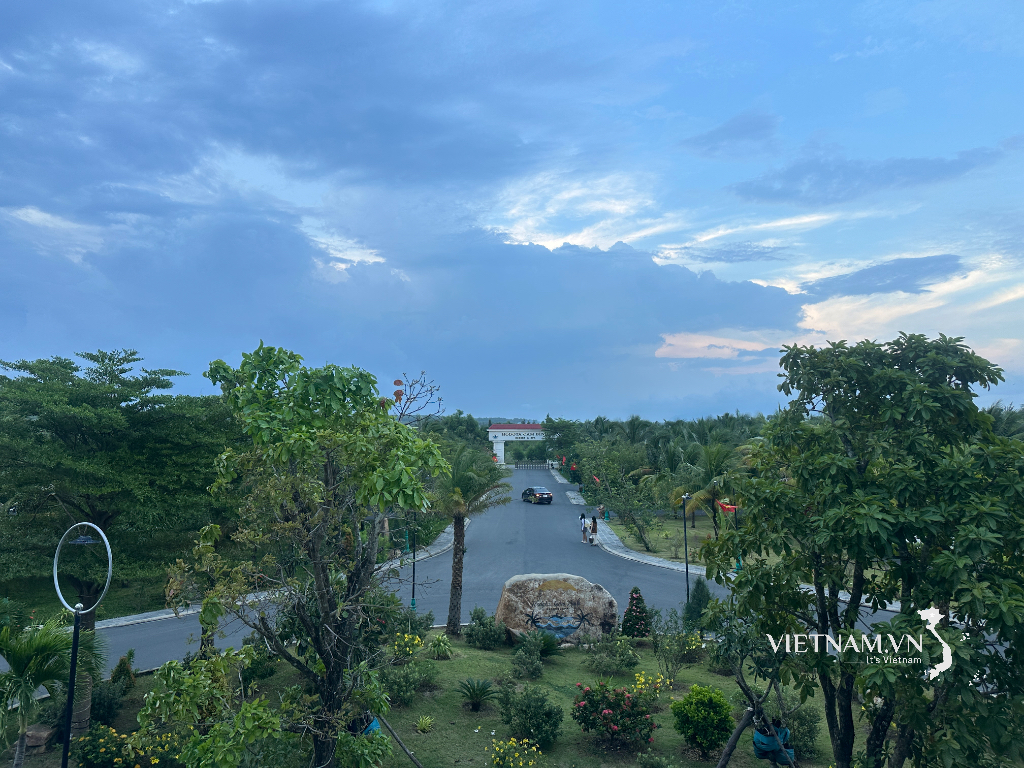



Comment (0)